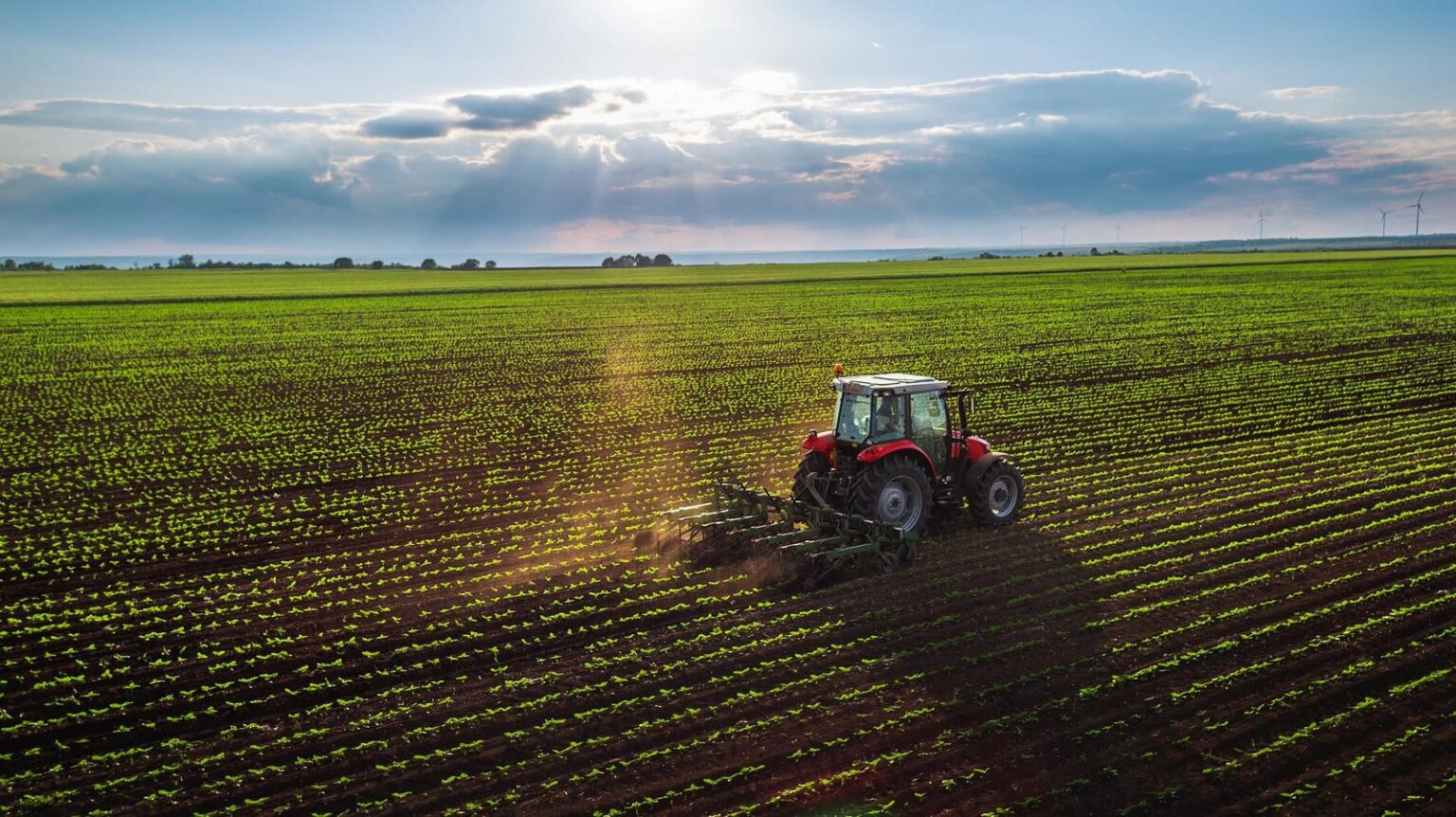In today’s fluctuating economic environment, it is essential to recognize enduring trends that remain resilient despite political and financial upheavals. One of the most significant trends is the increasing demand for food, directly associated with global population growth. The United Nations projects that the world’s population will reach nearly 9.7 billion by 2050, an increase of almost 2 billion people from the current numbers. This rapid population growth signals a pressing need for additional food production, highlighting an irrefutable trend that is likely to persist irrespective of the prevailing economic climate.
The agricultural sector has recently faced volatile pricing trends, particularly for staple crops like corn and wheat. Following the spike in prices during the spring of 2022, primarily due to geopolitical tensions surrounding the Russian invasion of Ukraine, farmers ramped up production to meet heightened demand. However, this led to an overabundance of supply, which historically triggers a decline in prices. As prices dropped, farmers began shifting their focus to growing alternative crops such as cotton, which, in turn, could lead to a supply shortfall for corn and wheat in the near future, setting the stage for another price surge as balance is restored in the market.
Investors should consider companies that provide solutions related to food production and agricultural efficiency amid these trends. Corteva Agriscience (CTVA) stands out as a prominent player in this sector, offering a diverse range of agricultural products that include pest and disease control solutions, seed varieties, livestock feed, and nutrient maximization tools. These products are crucial for optimizing crop yields, especially as the availability of new farmland diminishes. Corteva’s relatively modest dividend yield of 1.1% may not be enticing at first, but its trend of increasing payouts—31% over the past three years—signals strong growth potential. This robust dividend growth, combined with management’s confidence in increasing free cash flow, makes Corteva an attractive option for long-term investors dedicated to capitalizing on the food demand trend.
While Corteva is a strong candidate for investment, CF Industries (CF) represents a more concentrated opportunity related to rising fertilizer demand. As the world’s largest ammonia manufacturer, CF Industries directly engages with the agricultural sector’s necessity for fertilizers, making it a “pure play” on this burgeoning market. With a dividend yield of 2.4%, CF offers a more robust payout, which has seen substantial growth of over two-thirds in just under three years. The stock’s recent price dip, paired with management’s aggressive share buyback strategy, presents a unique buying opportunity for investors. The repurchase of shares not only enhances the earnings per share but also solidifies future dividend prospects, as a reduced share count allows for greater dividend allocations per share.
The competitive advantage presented by lower North American natural gas prices is a noteworthy factor for CF Industries. The company’s primary feedstock is significantly cheaper than that of its overseas competitors, enhancing its profit margins. As energy costs decline, and as sales and earnings report improved quarter-on-quarter performance, CF’s profitability has opportunities to expand. Additionally, with a conservative payout ratio—19% of free cash flow—CF is well-positioned to continue increasing its dividends and executing buybacks, thereby elevating shareholder returns in the long term.
In conclusion, players in the agriculture sector are well poised to thrive amidst the growing food demand driven by a booming population. Corteva and CF Industries both exhibit strong growth potential in this arena, albeit through different strategies and product offerings. Corteva provides a comprehensive approach by boosting agricultural productivity through advanced agricultural solutions, while CF Industries takes a narrower yet increasingly valuable focus on fertilizer production. Both companies offer substantial benefits to investors looking to align their portfolios with long-term, fundamental growth trends in the agricultural sector driven by the insatiable demand for food. With careful consideration of acquisitions, payout structures, and competitive positioning, these companies exemplify promising investment opportunities amidst an inevitably evolving agricultural landscape.

